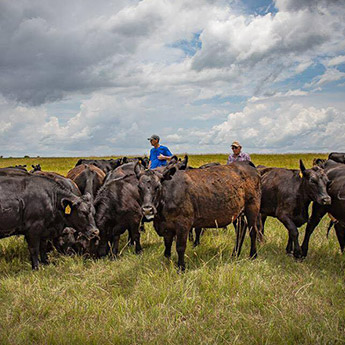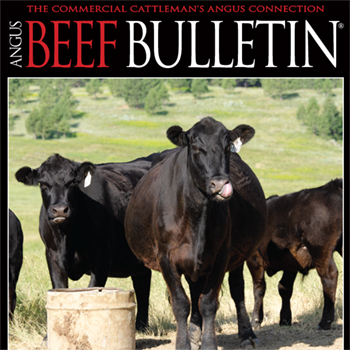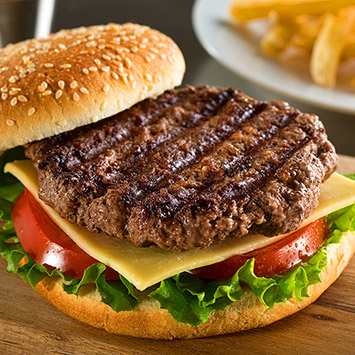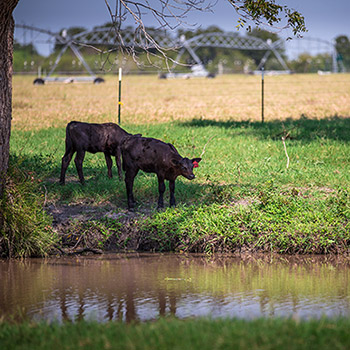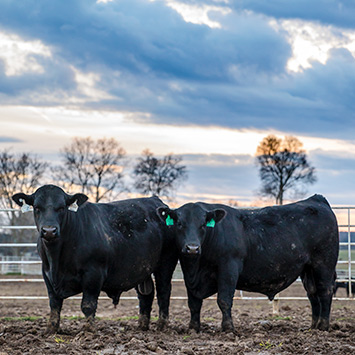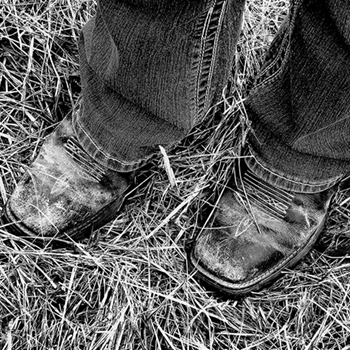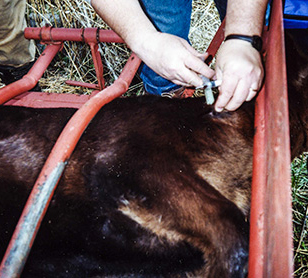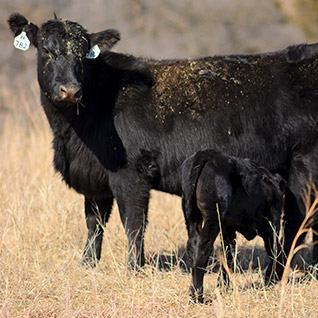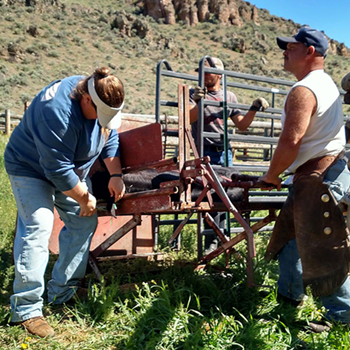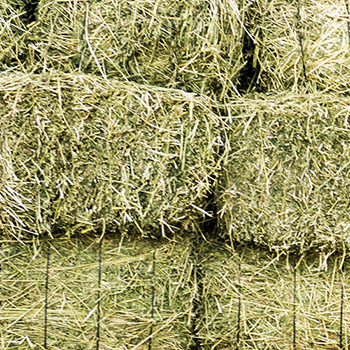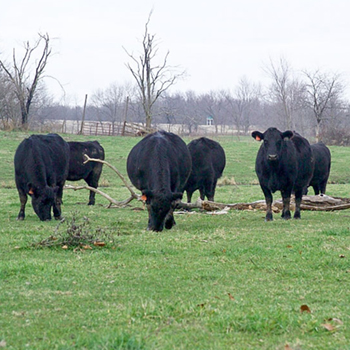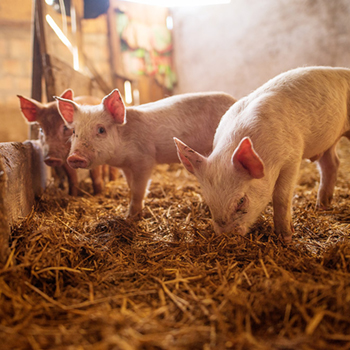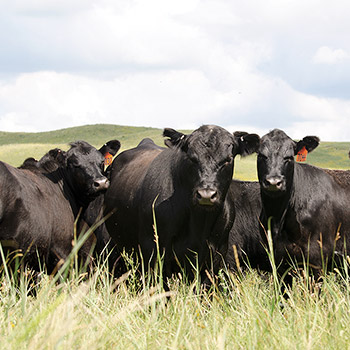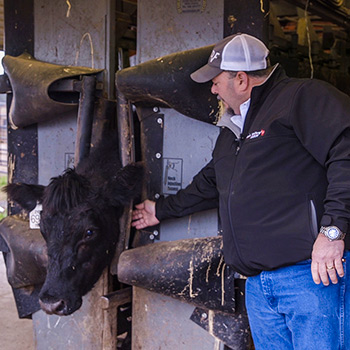In the Cattle Markets
Effects of the cold, wet winter.
The returning to normal of U.S. federal government reports and data sources are revealing the effects of the cold and wet winter on the fed-cattle production. Cattle-on-feed inventories are very high: 11.678 million head in the seven major states. This is above last year’s 11.630 million head and average of the prior five years for Feb. 1 of 10.781 million head.
The inventory of long-fed cattle — cattle calculated to have been on feed more than 120 days — is also substantial. This inventory is 3.993 million head, well above last year’s 3.558 million head and the average of the prior five years for Feb. 1 of 3.500 million head.
There are a lot of cattle to be marketed through the end of March and into April and May. Slaughter volumes reported in the weekly Livestock Slaughter report do not communicate that this is happening. Total cattle slaughter is up modestly. Within total cattle, cow slaughter is higher some weeks by 10,000 head, fed-heifer slaughter is up some weeks 10,000-20,000 head, and the largest portion — that being fed-steer slaughter — is even with the prior year or softer. April marketings will be an important indicator of the potential strength of the cattle markets through the summer. Weak marketings will suggest a backlog of animals.
The Livestock Slaughter reports are also revealing the lower fed-animal carcass weights. Fed-steer weights for 2019 are all lower than the same week in 2018. Carcass weights are 1 pound (lb.) to 13 lb. lighter each week of this year. Fed heifers, which are a larger portion of the slaughter mix this year, are almost always more than 10 lb. lighter than the week of the prior year.
Clearly, the cold, wet winter has slowed marketings, extended days on feed, decreased feed conversion, held down slaughter weights, and increased costs of gain. Information provided by Kansas State University and other sources indicates costs of gain are 5¢-7¢ per lb. higher than the same month this time last year with very similar feed input costs. There is a large volume of animals coming, but at lighter weights.
Winter weather and general conditions appeared to slow the feeder-cattle market down through the end of last year and early this year. In January and February, I worked cattle feeding budgets with fall fed-cattle futures, spring feeder-cattle futures — both basis adjusted, and with reasonable projected spring and summer cost of gains. There were close to $100-per-head profits that could be hedged in this window for heavier calves. Needless to say, feeder-cattle prices have improved since then.
Editor’s note: Stephen Koontz is a professor in the Department of Agricultural and Resource Economics at Colorado State University.
